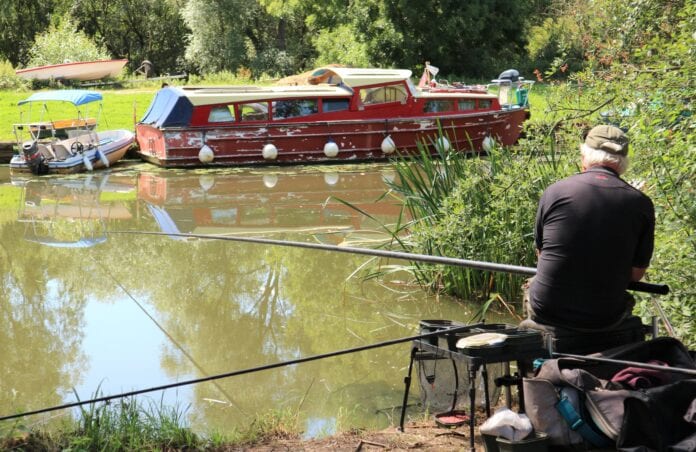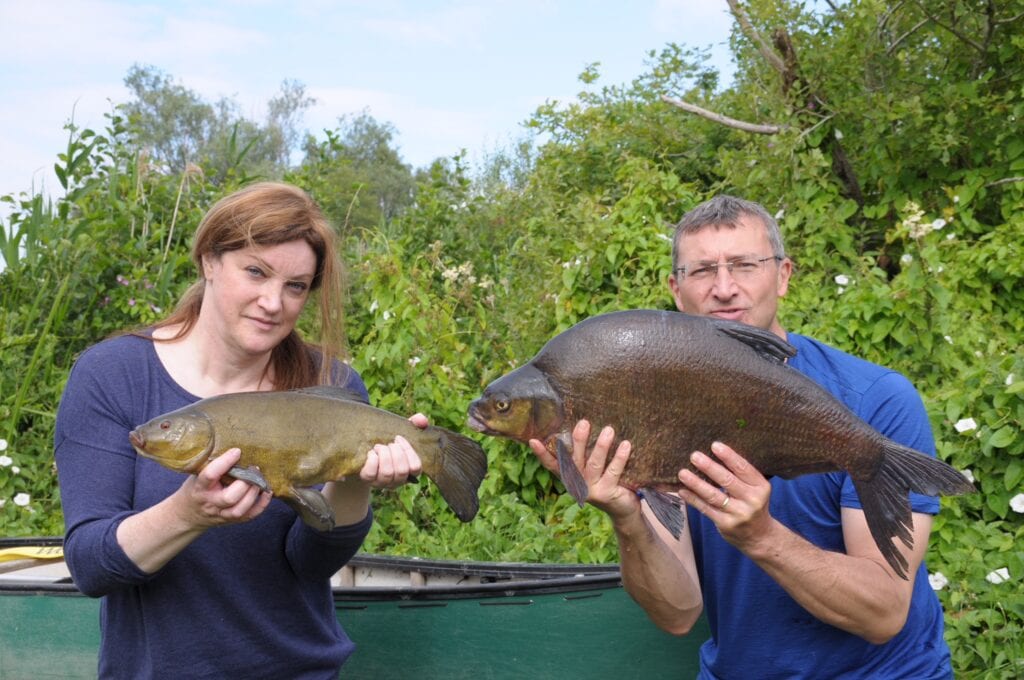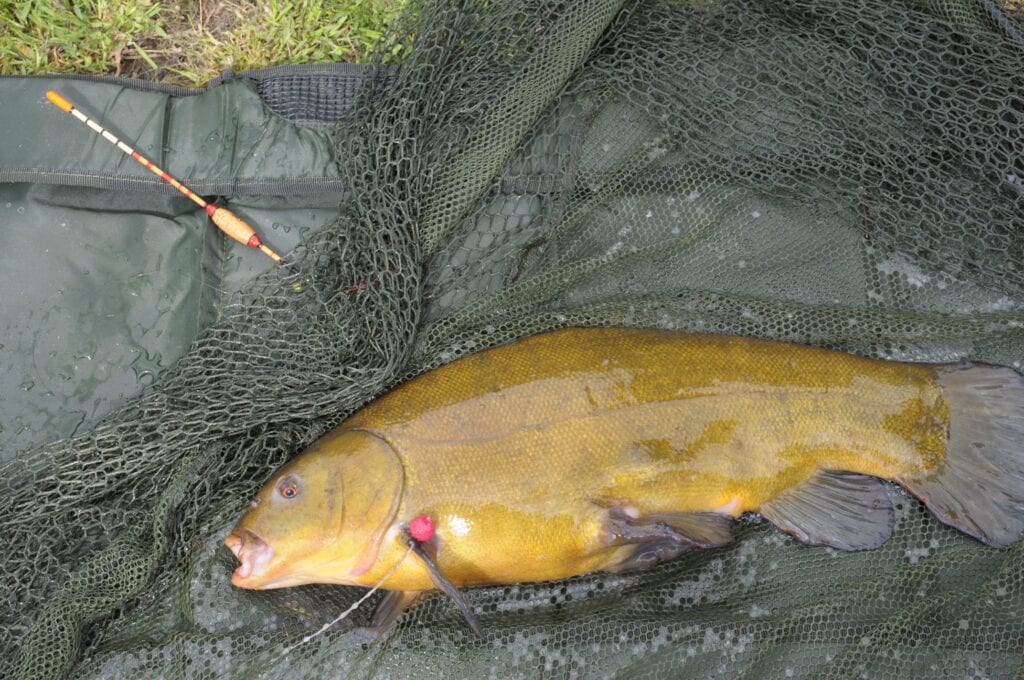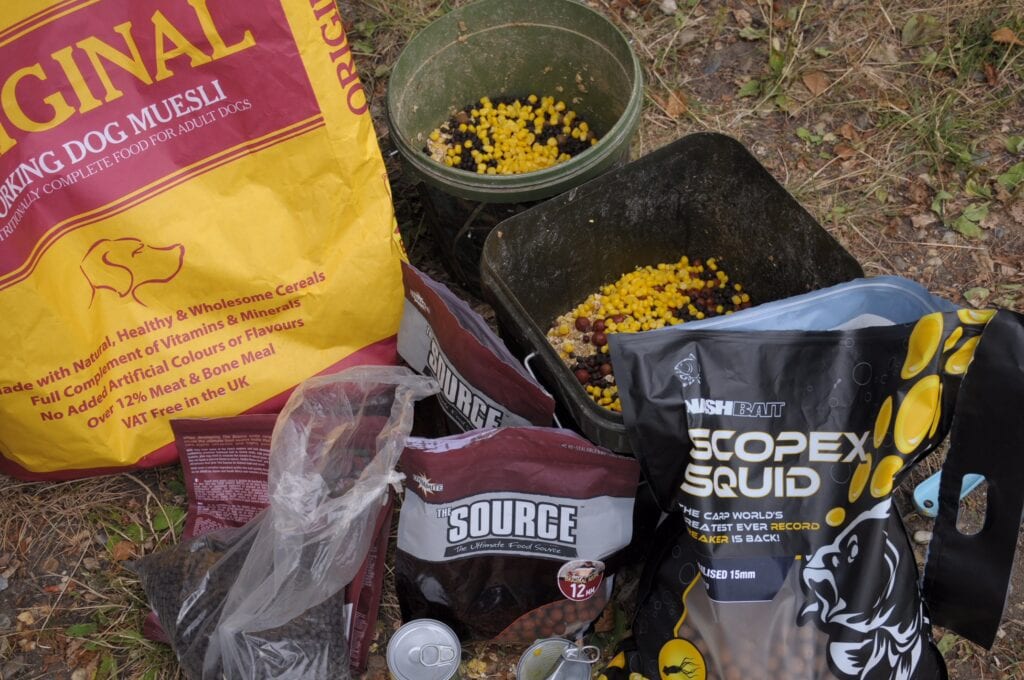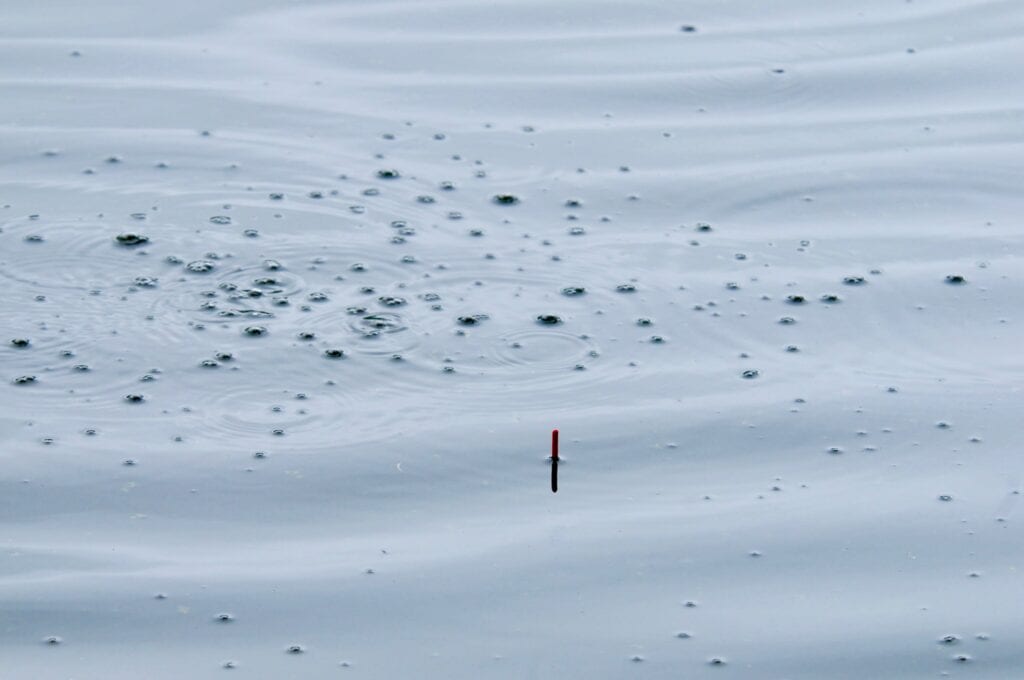Dave Coster – River & Canal Waggler Tactics
TREADING CAREFULLY
Something I have learnt about waggler fishing is not to automatically dive in with this method straight away. That might sound daft if it is going to be your main line of attack, but if you feed up a waggler line before fishing it, chances are you will catch a lot more. Undisturbed fish compete with each other when feed is going in regularly. Get them doing this and you will bag up big time. But go crashing in early doors, and after a quick flurry of activity, that part of your swim can die, never reaching its full potential. From a match fishing point of view, doing something else while feeding up a waggler line, such as keeping busy with a pole, might see other anglers nearby forging ahead with quick bonus fish. However, I know by the time I go on the method the fish will be queueing up. Features like moored boats and far bank cover are prime waggler hot spots, but I will try to give them a couple of hours before exploring such places, all the time priming them with regular free grub.
SPECIAL FLOATS
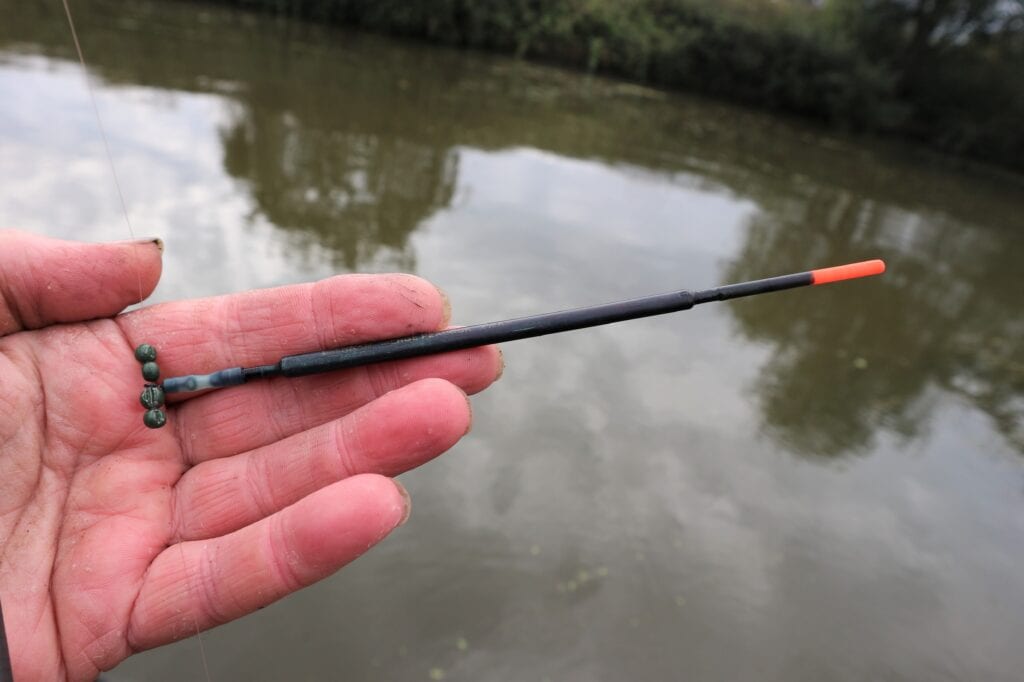

Although I can buy decent insert peacock wagglers, I often end up modifying these floats. Many of the canals and rivers where I employ this method are around 18 to 20 metres wide, which only requires the equivalent of around 2AAA, or a bit more to get over to the far side. I cut down quite a few floats to achieve this capacity, as most are too long. Get the float size right and it will effortlessly cast where you want it to go, also landing nice and gently. Very often the depth will be quite shallow on the far bank, so you don’t want your end tackle crashing down in a noisy heap. Something else I should mention is I use peacock insert wagglers, as opposed to all-plastic versions, because the latter tend to bend out of shape. Bent wagglers don’t cast accurately enough for me, particularly important if you are casting tight to far bank cover. Another factor here is I only use insert wagglers for this type of fishing, with a good choice of tip diameters, to suit varying conditions.
BALANCING ACT
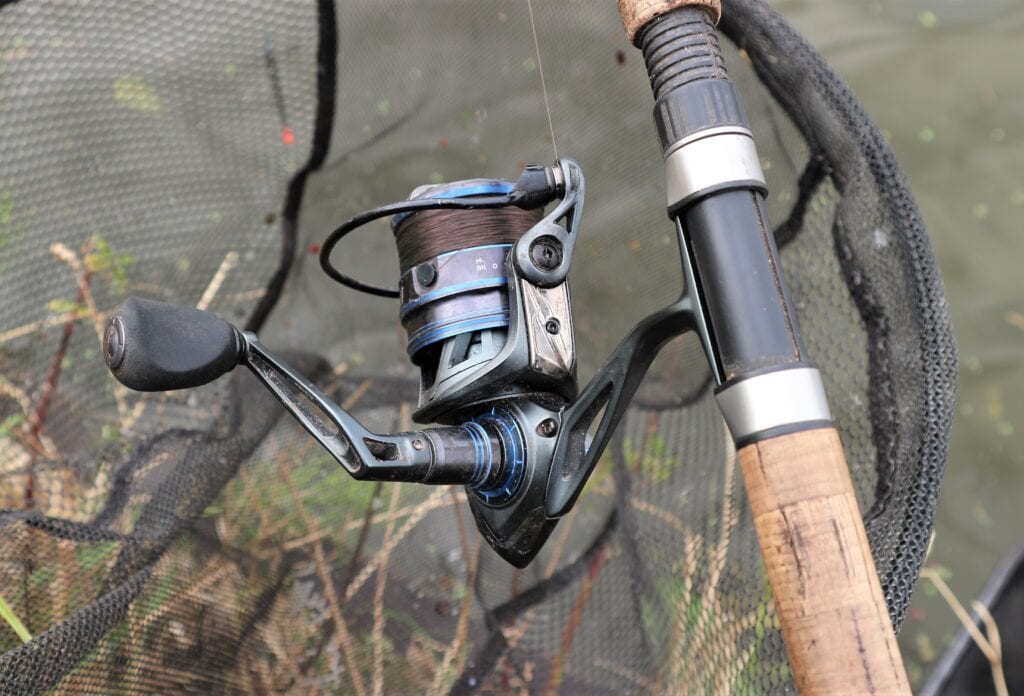

A forgiving action 12ft or 13ft float rod is best for light waggler fishing. I combine this with a compact Cadence C10 3000 reel, loaded with 3lb Maxima, which is really 4lb breaking strain. This mono sinks easily, and after a few trial casts I clip it up at the distance I want to fish. Clipping is vital if you are fishing tight to cover, unless you want to lose a good many of your favourite floats! On rivers and canals that get busy with boat traffic, the disturbance often pushes big fish tight under far bank cover like bushes and overhanging trees. Even if you feed tight to these features, anything hiding underneath will be reluctant to venture out very far. This often requires inch-perfect casting to gain bites. The best way to do this is not to feather the line, otherwise the hook bait will jump ahead and end up hanging in branches. Far better to let the correct size waggler land unhindered with a gentle lob. If you use light shotting down the rig, everything else will follow behind and avoid snagging up.
PRIME BAIT
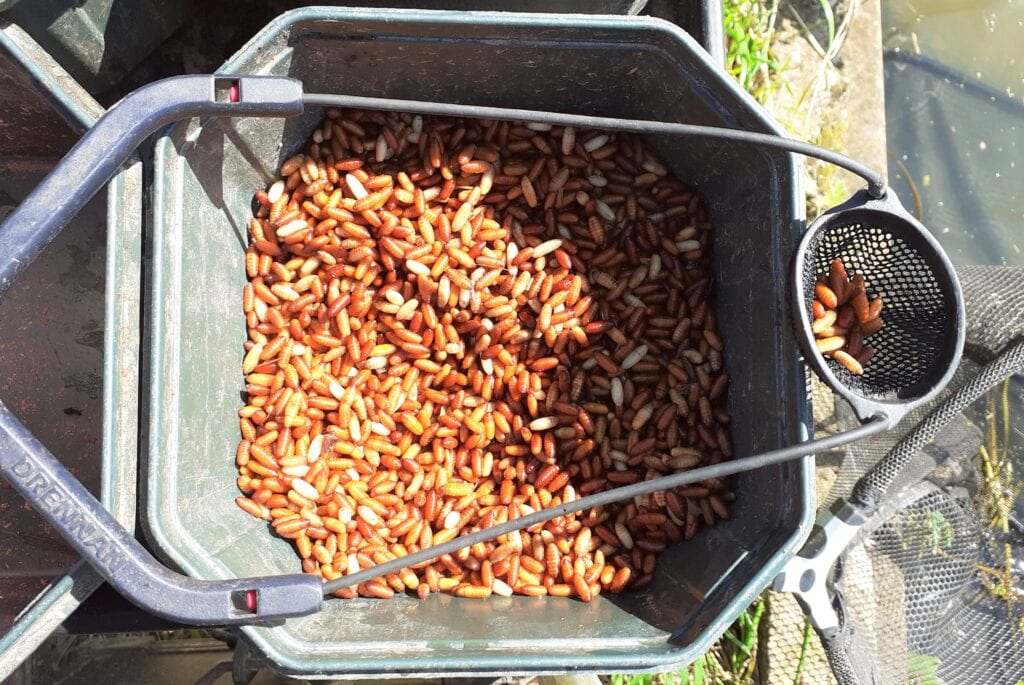

Casters are my favourite bait to feed up the far bank, although it can help being a tad more positive by putting down a bed of hemp if the water is constantly disturbed by passing boats. But the main route to success is to keep casters going in the swim regularly. If I start on the pole or with another tactic first, I make sure I feed around twenty casters every five minutes, but once I go on the waggler I switch to feeding around a dozen shells every cast. It’s a bit different if I choose to drop short of the far side, such as when targeting skimmers and bream. Groundbait might come into play in deeper water, also other baits like chopped worm and pellets, which I will cover a bit later. I need to explain more about the advantages of casters first. They attract bigger fish than maggots, plus they don’t snag up so easily with foliage or underwater weed, especially with the hook partly, or fully buried inside. I let my casters turn quite dark, helping them even more to avoid the attentions of small fish.
FEATURE FINDING
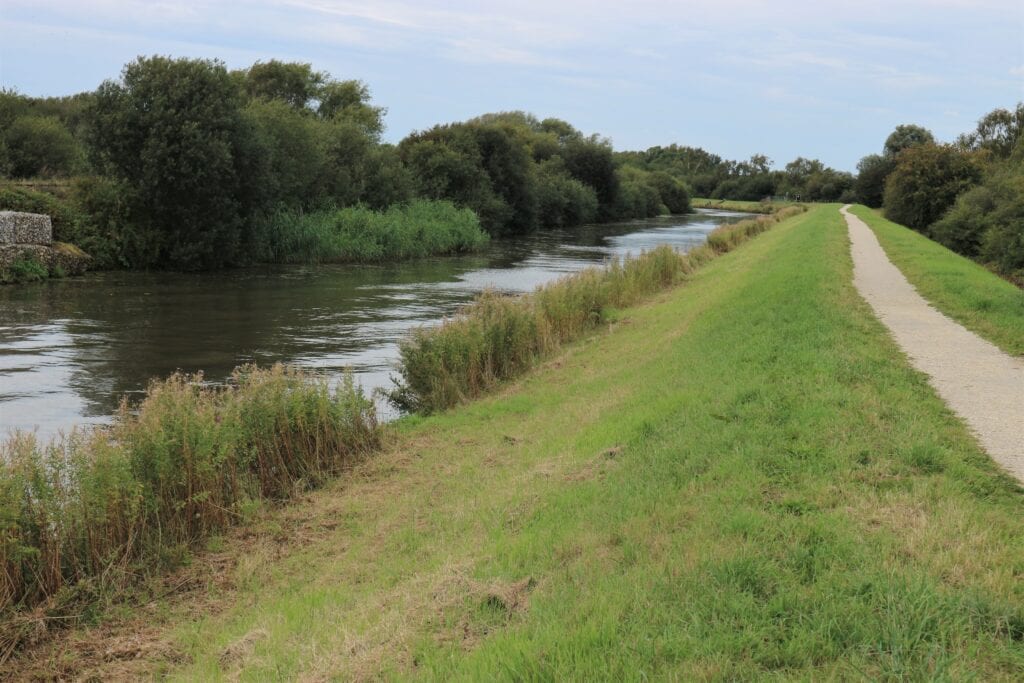

This is a typical stretch of the Fossdyke Canal just outside Lincoln. I only discovered the 11-mile-long waterway recently, and absolutely love the place. It reminds me a lot of the River Lea Navigation in London, where I originally learnt to waggler fish. On many sections this isn’t strictly a canal because it’s joined to the Rivers Trent, Till and Witham, which makes it even more interesting because you never know what might turn up next. The water often flows like a river, which tests your waggler skills even more. But like any other venue, there will always be a mixture of hot spots and tough areas. Swims that suit waggler fishing best are in wider parts where the pole can’t reach across. Also, those with features like overhanging trees and bushes, moored boats, or far bank pilings – where there is more depth tight over. There are, of course, places where the waggler doesn’t work so well, where thick underwater weed beds or badly silted up areas make the far side less productive.
SWITCHING DELIVERS
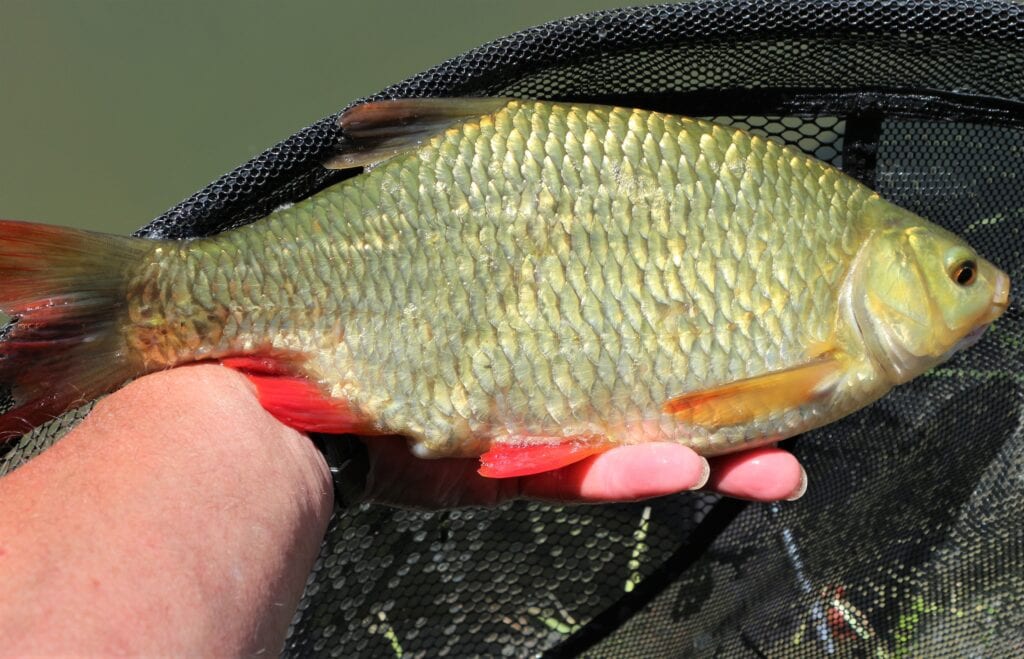

My early Fossdyke adventures with waggler tackle quickly revealed similar traits to how this method used to work so well for me on London canals, not just the Lea Navigation but also on wider stretches of the Regents and Grand Union waterways. It definitely helps to prime far bank swims for a while before fishing them. Going straight across can produce plenty of fish, but generally they tend to be on the small side. Fishing the pole or whip for an hour or two, while feeding up the waggler line, made a big difference. Suddenly, I was finding decent-size silver bream, quality roach and some cracking rudd. The latter species were a welcome addition. Dace, chublets, fair-sized perch and hybrids turned up too. Another thing I discovered if the far side went quiet, was it helped to rest it and return to the pole, a method that often came back to life after a rest. By switching back inside I caught odd bonus tench and skimmers, although bleak and jack pike sometimes became a problem.
STAYING POWER
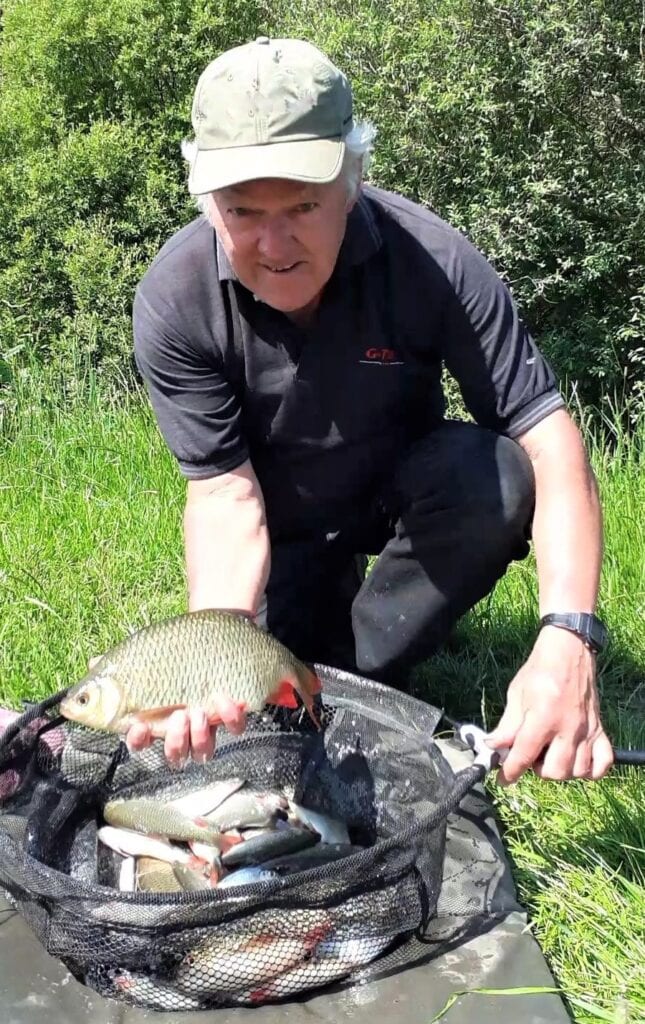

There might be occasional red-letter days when the far bank doesn’t fade once you go over there. On navigable venues this normally occurs when there’s lots of boat traffic, which muddies up the water and pushes everything out of the main channel, across to any far side havens. This is why wider sections of canals and rivers are worth exploring with waggler tackle. Even if there is no up-to-date info on such areas, it’s rare for them not to be good. I caught this nice bag from a wide part of the Fossdyke Canal that was known to be prolific a decade ago, but being out of the way, probably hadn’t been fished for many years. I had to do some serious gardening to clear a swim and yet once the boat traffic got busy, the quiet water on the far bank just got better and better. There were some big gaps in the weed beds over there, which allowed me to slot a 2.5AAA float into them, gradually chasing the fish tight to the far side metal pilings, where some cracking rudd turned up.
ANOTHER WAY
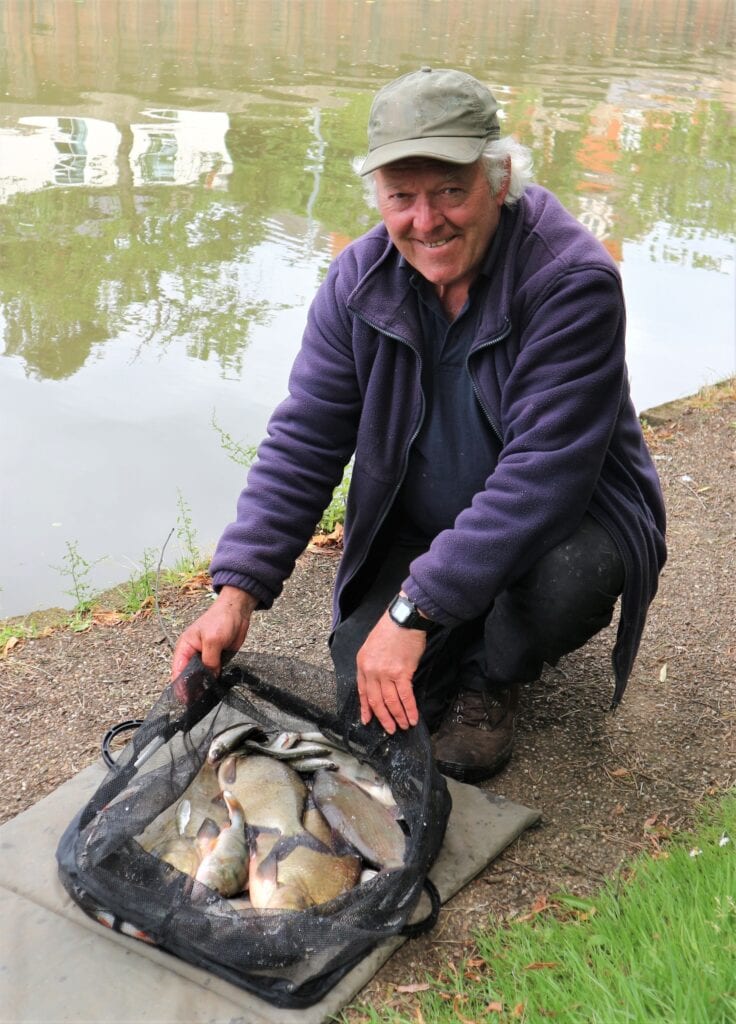

As mentioned earlier, there is a different way of fishing the waggler and that’s to drop short, exploring the deeper water down the far side shelf. Adding extra depth to your rigs and dragging hook baits through over-depth often finds skimmers and bigger bream. This route works better with groundbait and chopped worm, loose-feeding maggots or casters over the top. If small fish like bleak are a nuisance, it can pay to feed some 4mm pellets and try a soft 6mm hook bait to get through them. I find sweet-flavoured pellets work best on venues like this, where the fish don’t see lots of fishmeal products. Another good tip is to use a thicker diameter insert waggler, so the rig doesn’t drag under easily. I know some anglers would switch to a straight waggler in this instance, but I prefer hollow plastic inserts because they are a lot easier to see, having a super-bright translucent nature. A thick hollow tip insert is probably just as buoyant as a straight peacock float tip anyway.
FRIENDLY FLIERS
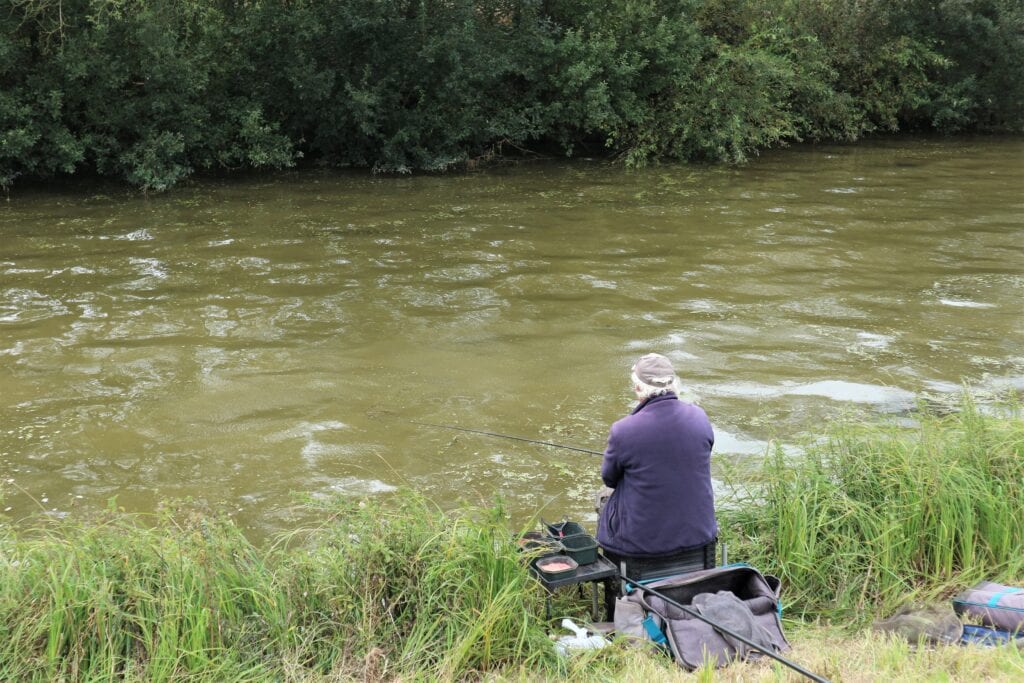

The only time I’m tempted to break my own rules, waggler fishing the far bank for a whole session, is when features like this heavily overgrown area simply scream lots of fish. In a match, with anglers pegged either side, I would probably be more careful and give it at least an hour before casting across. But pleasure fishing alone, the fish aren’t going anywhere. They live under cover like this, so the only thing I have to do is entice them out. A good trick is to deliberately loose-feed some bait into the overhanging foliage with a catapult to begin with, so it dribbles into the water underneath. I only do this for a short time to get fish grubbing about. I then start grouping free bait where I can cast a waggler to it, aiming to pull fish over this area. When targeting cover like this, I find casting as tight as I dare brings bonus big fish, ones that don’t get caught by being ultra-careful and dropping the tackle short. Okay, the odd hook length or float might get lost, but it’s well worth the risk.
SILVER LINING
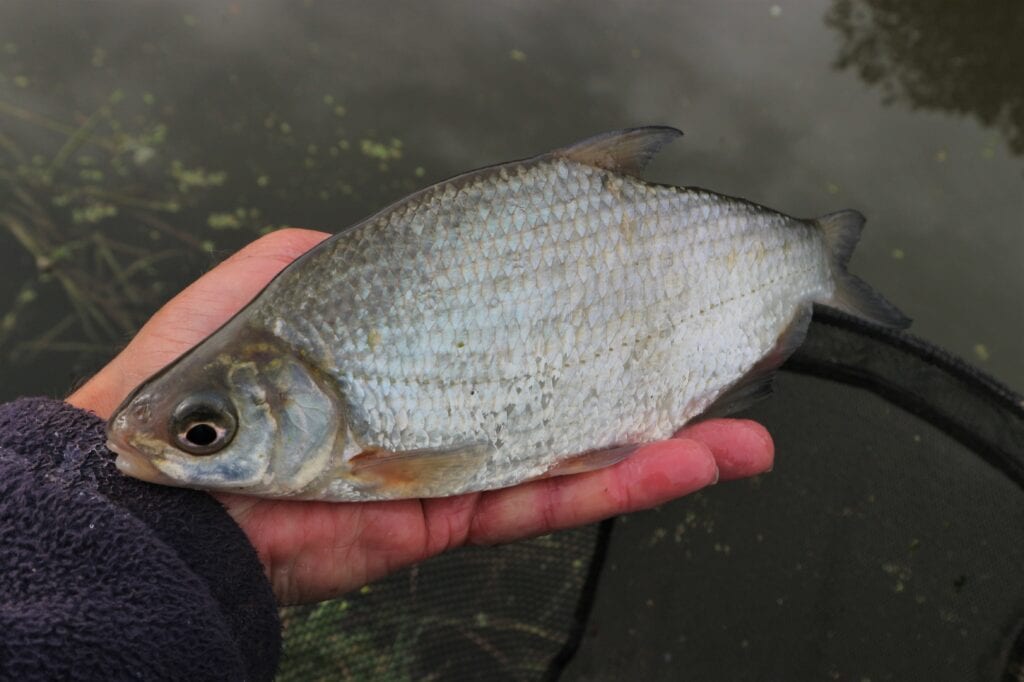

Something else the waggler has uncovered on my new favourite canal has been silver bream. I think these have found their way in from the River Trent, where I used to catch this species many years ago on the Embankment in nearby Nottingham. These fish are different from normal skimmers, being a lot more silvery, having larger eyes and a pink tinge to their underside fins. They don’t grow massive, but I’ve been catching lots up to the pound mark, mixed in with the shoals of roach, rudd, perch and hybrids. The silver bream like casters, red maggots, pinkies and small bits of worm. During the warmer months I’ve caught lots of them on 4mm soft hooker pellets, feeding micros in groundbait. You get the odd bigger fish dropping deeper down the far-side shelf, but just as many casting tight to features when boat traffic is busy. I use quite a fine-tipped insert waggler when these fish are feeding because they give very delicate bites, dropping the hook bait if they feel resistance.
REACHING OUT
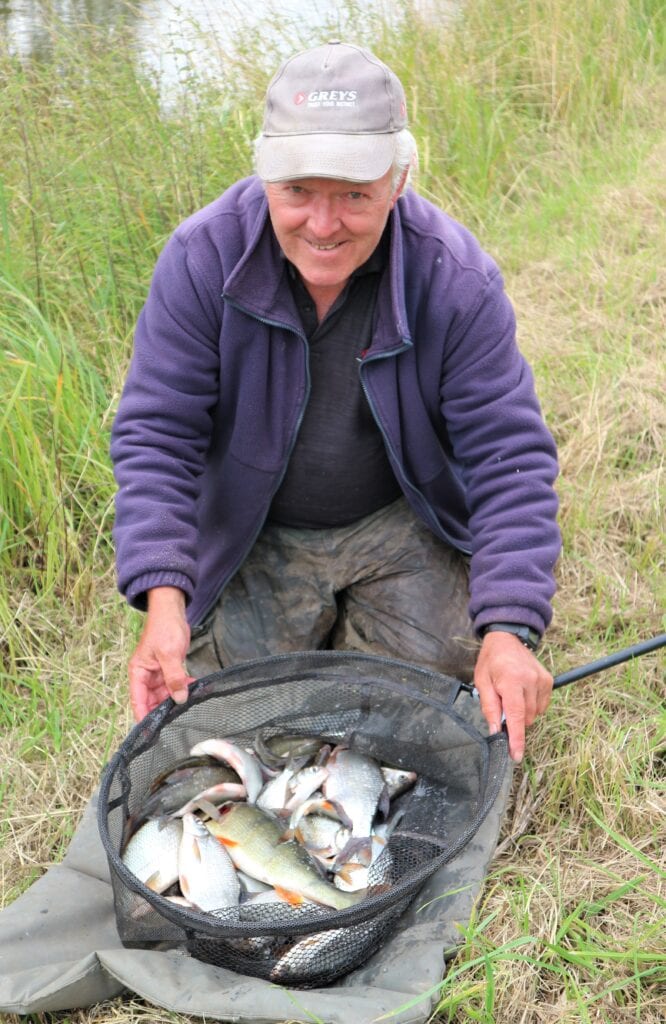

I’m pleased to say I’ve instigated a new trend on the Fossdyke with my waggler exploits. Other anglers are now dusting off their old float rods and have started exploring new areas their poles can’t reach. It can also make life easier not hanging onto long lengths of carbon all day, particularly when in most cases you need to double unship pole sections due to the high banks behind. All this tempted me to try exclusively fishing the waggler for a whole session, something I wouldn’t normally do, relying on just a pint of casters. This might not have worked so well in a match, or with lots of other anglers around, but in the middle of nowhere it was worth a go. I caught fish all day long, although I still wonder if I might have done better by pre-feeding the far bank for a while, before going over there. I caught plenty of silver bream, quality roach, a good-sized perch, a few skimmers and some rudd. There were some spells when the bites went a bit iffy, but generally it was good.
SECRETS UNCOVERED
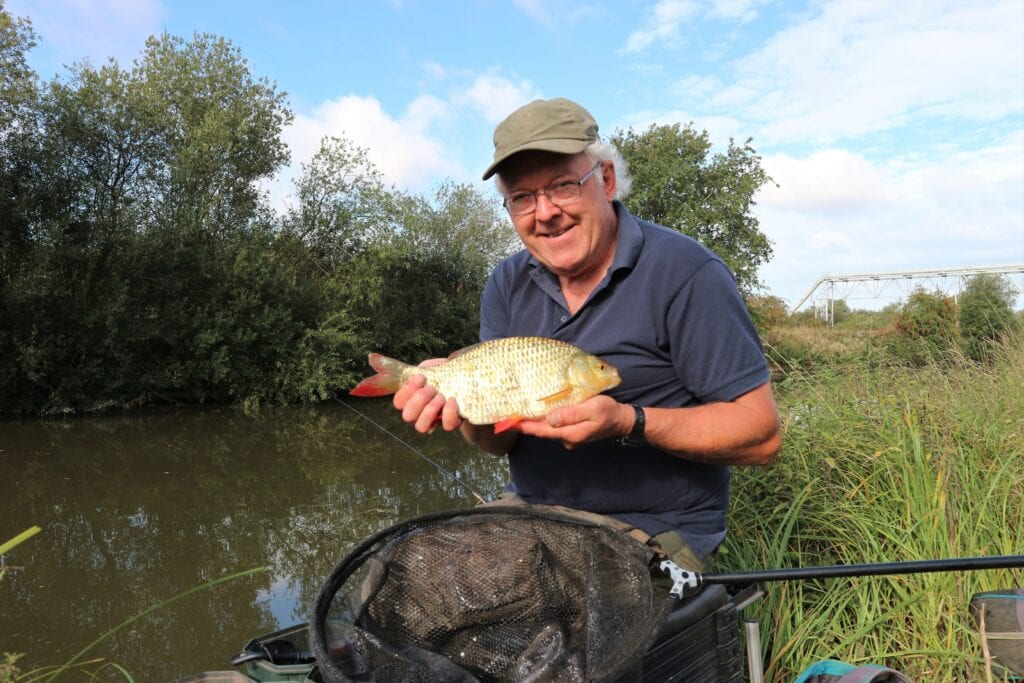

I would never have imagined when a top match angler taught me how to fish an insert waggler many years ago, that the method would still be as deadly several decades later. Back then it was on the lower River Lea, which was stuffed with chub. The only way to catch them was to cast a bait right up against any far bank features, just as tricky then as it is to this day. It’s a fine line between buying a bite and decorating the trees and bushes! But with practise my casting got better and my catches improved dramatically. It took me a while to get back in the swing of casting so precisely, not just aiming at the dark water by overhanging foliage, but occasionally brushing the leaves with my float! Crazy maybe, but suddenly my light-actioned float rod was hooped round by a powerful force trying to bury my end tackle in the underwater roots and debris on the far side. After an epic struggle on relatively light line and a small hook, this stunning rudd confirmed the waggler hasn’t lost its magic.
JB’s Way with Wagglers


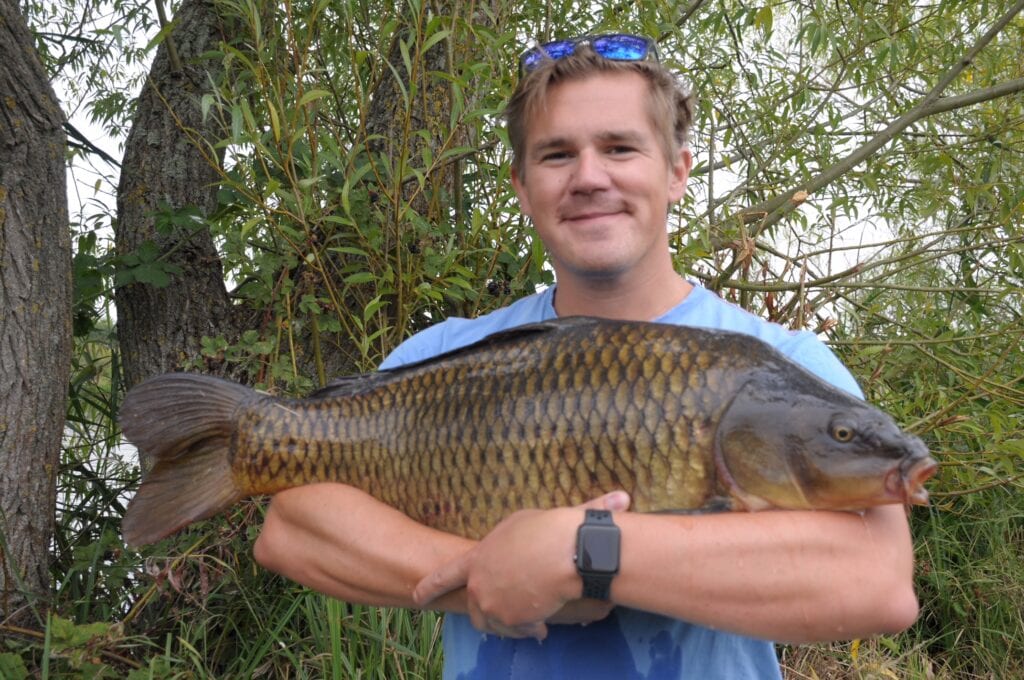

DAVE’S SECRETS
I’ll be honest from the start. One of my motives for this series was a way that I could get into DC’s head and winkle out his secrets that I could use myself, as well as you lot! Hence our recent piece on Bread, and bread punch, for example. It’s been a bait I have messed about with over the years, but lately I have seen new potential in it, so why not get instruction from the best? Ditto Wagglers. Of course, I have used wagglers but I realised there is much DC knows that I wanted to get my hands on. But here’s what I know…
I am rather relieved DC concentrated on river waggler use, which was largely the brief anyway. This has given me the opportunity to talk about using wagglers on stills for tench, bream and carp, something I have been doing for five years with enormous effect. Here goes!
CLOSE-IN DROP-OFFS
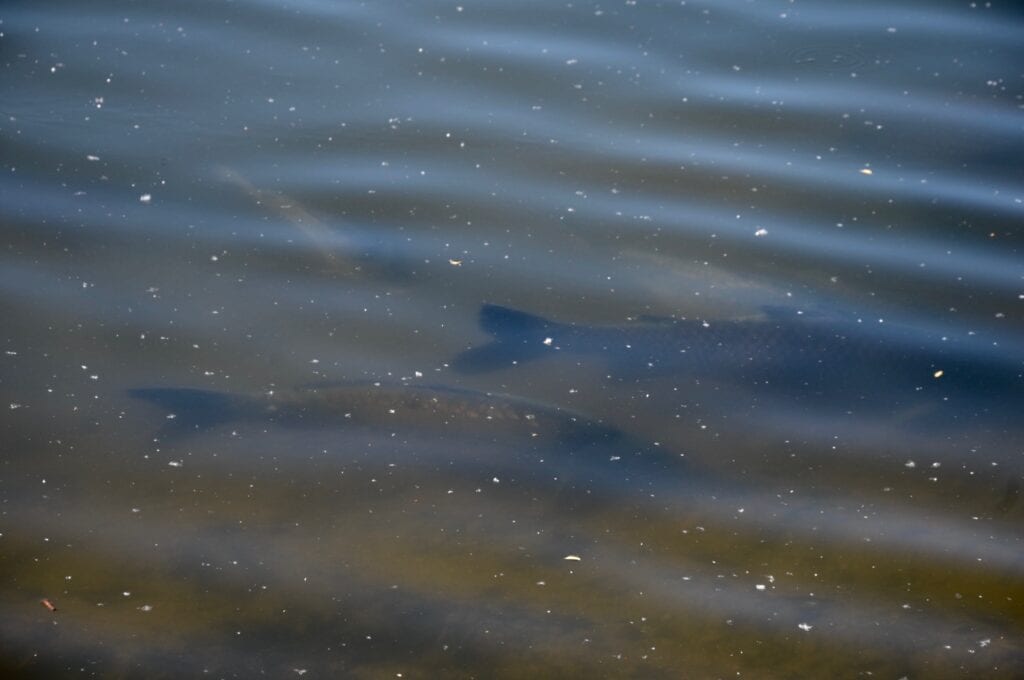

I fish/guide on about 15 different gravel pits. All have typical drop-offs close in, a rod length or two out from the bank. On all my pits, this key area tends to be overlooked by anglers feeder fishing further out, and this is a mistake. Tench, and to a lesser extent carp and bream, love this close-in, deep water and the waggler is the perfect way to exploit it.
I use as light a waggler as conditions allow; you are fishing close in so long casting is rarely an issue. If the fish are spooky, if the water is clear, if the wind is light, then I might advocate a pole float even, one taking a number 6 or number 4. If a wind is blowing, then I might need a waggler taking 2, 3 or even 4AAAs… rarely more.
LOCKING SHOT
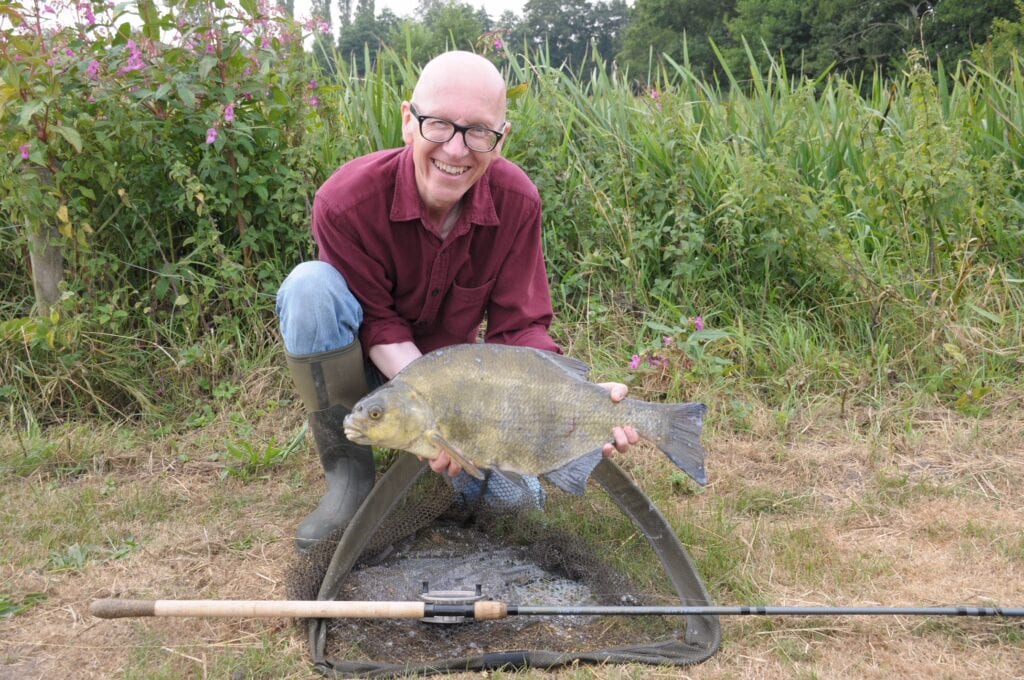

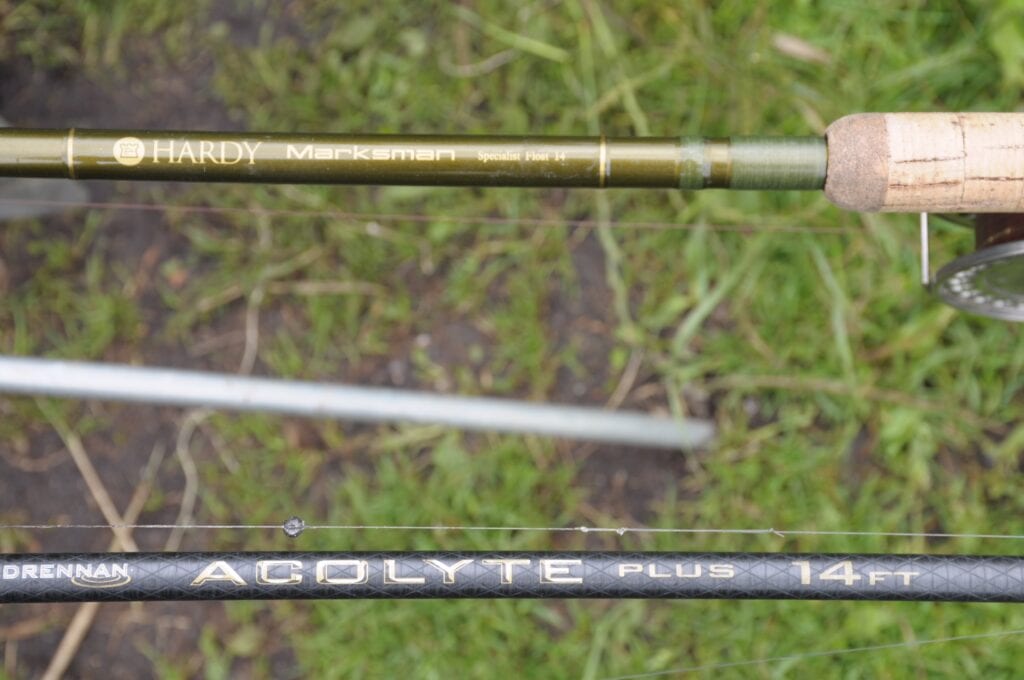

I put all the shot around the float as locking shot. Only if the drift is severe will I attach a BB or AAA a few inches from the hook as an additional anchor. I avoid any shot on the line in mid-water as I am sure it spooks the fish. I nearly always use this method with boilies, hair-rigged. The size of the boilie varies according a little to species but 10, 12 and 15mm are the most common, allied with hooks size 6 to 12, depending on wariness.
I always fish this simplest of rigs way overdepth. If the swim is 6 feet deep, I’ll set the float at 8 or even 9 feet. If it is 8 feet deep the float will be set at 10 or 11 feet and so on. The idea is that there will be slack line lying on the bottom and that the line from the float down through the water column will be limp. If fish bump into it, they rarely spook because of this, perhaps just taking it for a loose strand of weed.
BITES ARE SAIL-AWAYS
I bait with boilies and generally a bed of Vitalin or similar. Between April and October, I do not stint. The more bait that goes in, the more fish that I attract, especially if I prebait the night before, or if the water is quiet with anglers, for several days before. The longer bait goes in, the more fish congregate and look for it.
Bites, especially for a season or two, are sail-aways. It is an ultimate confidence rig. A fish picking up the bait feels virtually nothing out of the ordinary so that it might just as well be a free offering. Even on very tough carp waters, the species has few defences against the method, and often my guys have out-fished the regulars in just a few daylight hours. This is almost exactly like freelining a boilie but with a far better means of bite indication.
OBEY THE RULES
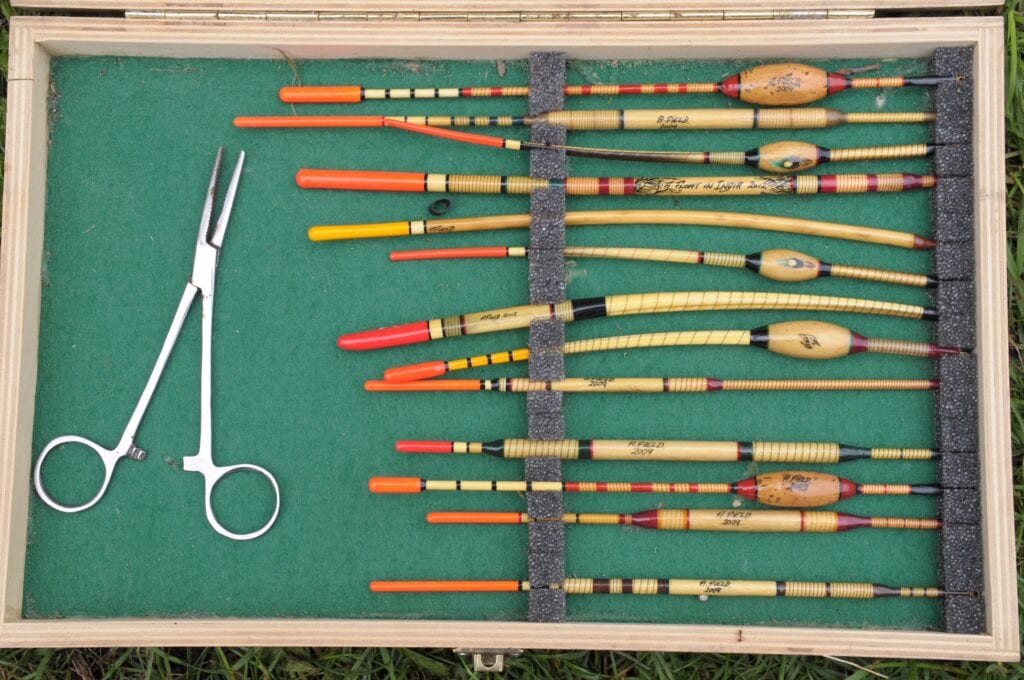

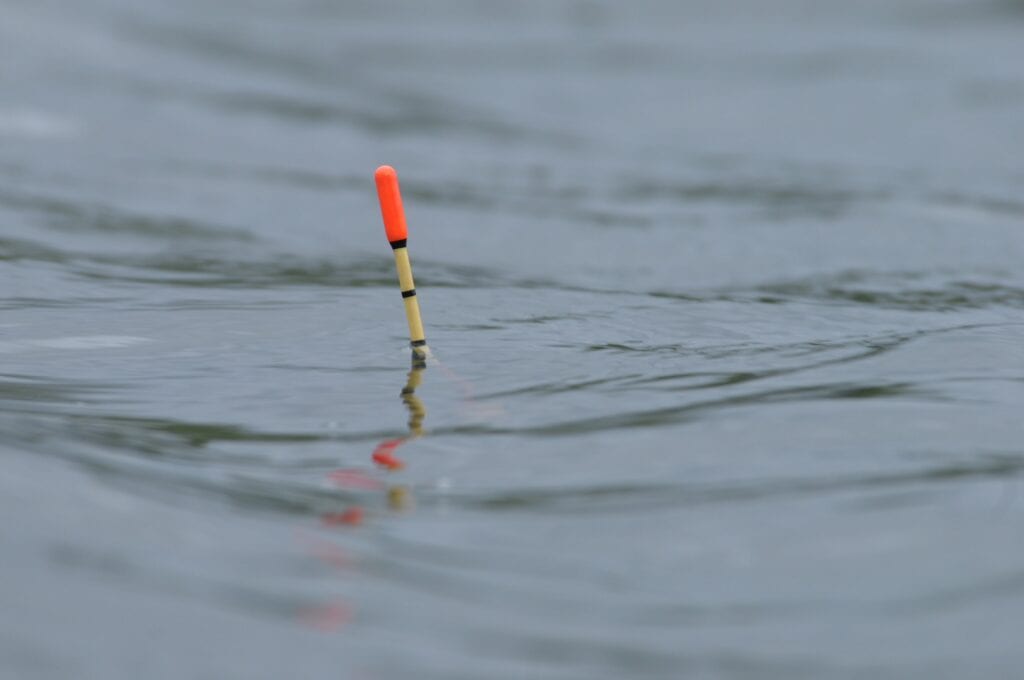

You still have to obey angling rules. As you are fishing close in, you have to be quiet. Keep down and avoid your shadow falling. Cast as little as possible, safe in the knowledge the bait will be intact. Prebait or bait big time at the start of the session, and then leave everything quiet for fish to move in. In a big wind, which can be good, a move to a windbeater float can help. It is just extraordinary how effective this approach has been for me, catching double-figure tench, bream to 16 and several 30 pound plus carp.
FEED BEFORE YOU FISH
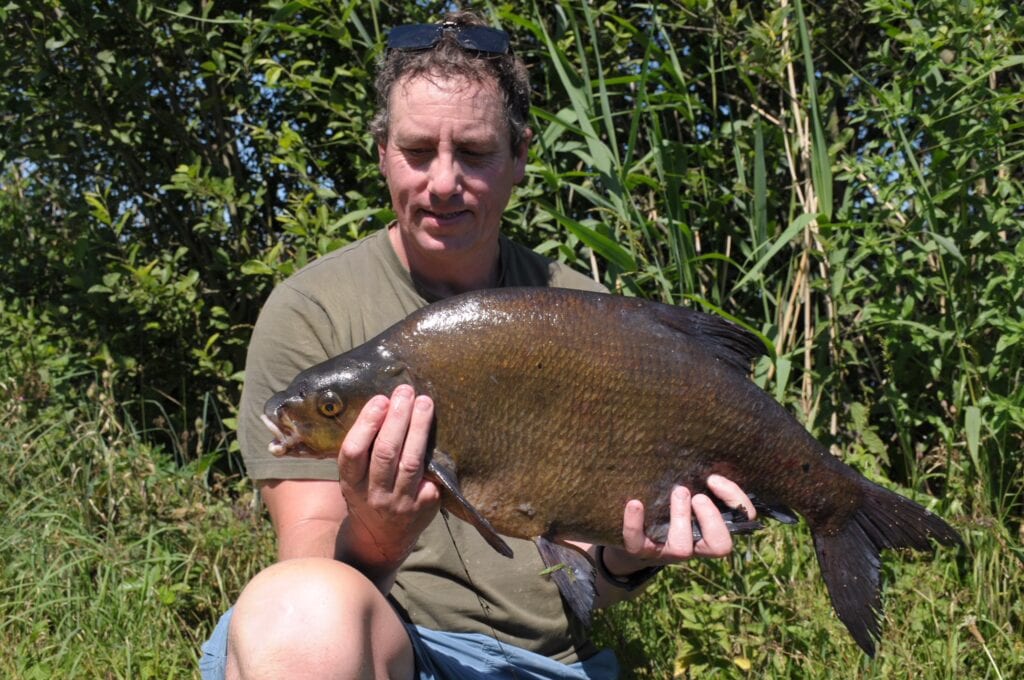

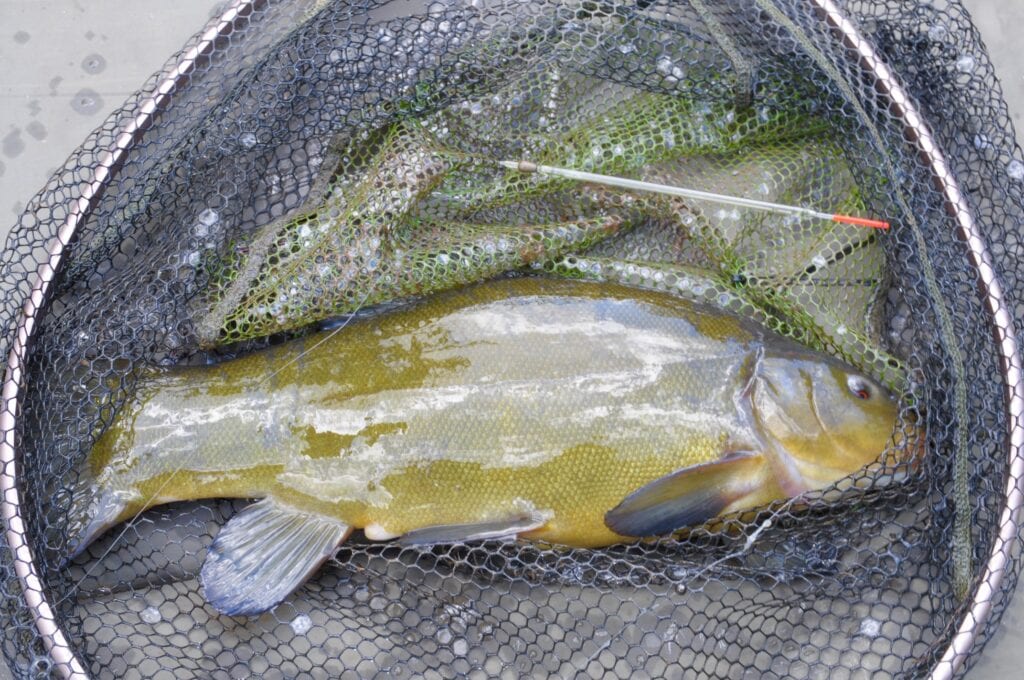

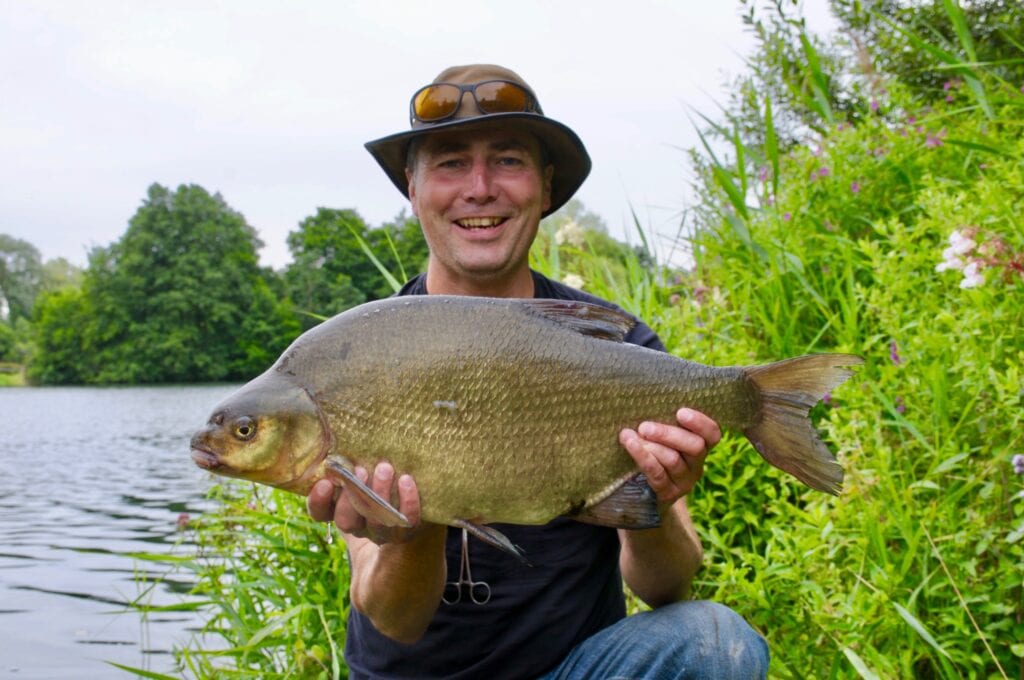

Moving onto DC’s brilliant words, when it comes to rivers, I rejoiced when I heard him advocating the importance of feeding a swim for a long time before putting the actual bait and float through. In my pretty high-powered grayling days, I often baited a run for half an hour before the first trot. It took patience and nerve, but the results were mind-bending. Chub, barbel, roach, bait and bait before putting that float through.
Nor can I agree more about what DC says about features on rivers… I don’t fish canals these days to be confident with advice there. If there is no weed in the river, bankside features assume monumental importance, as DC says. Trees fallen and standing, boats, jetties, rafts, weed and reed clumps, we all know what we are looking for. But I would add that big fish these days, especially chub and roach, often do not live in features but move around the river, using them as they travel. I am sure this has a lot to do with vastly increased predation, and the fact fish have to use every survival technique possible.
TOP-QUALITY BAIT
I can only marvel at what DC has to say about bait choice and use. He is so thoughtful and so precise, whereas for me it is any old maggots, bread or worms that will do. Yes, I will use casters if my maggots have turned and I will lay hemp if I have any left over, but I can learn a lot from the concept of using top-quality bait with sound thinking behind bait choice too.
So, as ever, great stuff DC but there’s a few questions I could REALLY do with answers to, and I’m sure you the readers have a few as well, so please fire away, and ask DC whatever’s on your mind. As for me, I apologise that this week’s offering is not all tidy and neatly put to bed, but perhaps that is what real debate is all about. More from me later…










